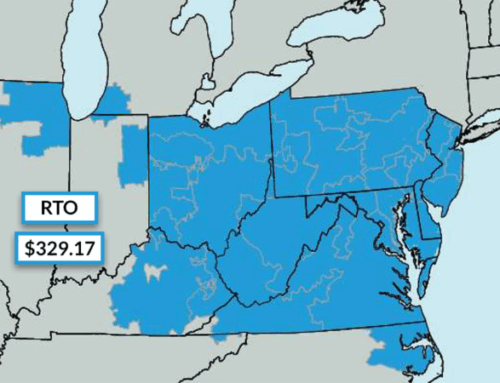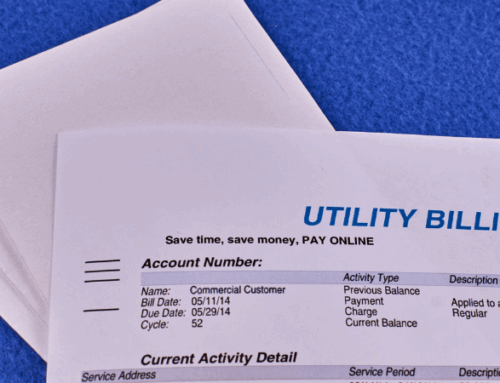At a Glance:
Cold prospecting is an artform that only the most successful sales professionals have mastered. When building your energy broker sales career, perfecting cold prospecting techniques is critical to enjoying success and having a fruitful career. In this article, we will detail the most effective cold-calling strategies used by our top energy sales partners.
In this article, you will learn:
Perfecting Prospecting Methods.
Here are some tips for perfecting cold-calling in the commercial energy sales industry. In our article on How To Create The Perfect Prospect List, we break-down all of these cold prospecting methods and outline the pro’s and con’s of each. Below, we will discuss how to properly utilize these methods to obtain bill copies from your prospect so you can move them along in the sales process…
Cold Prospecting Best Practices
When cold calling a potential customer, it is always best to remember what your are trying to accomplish, getting your prospect to agree to a free energy quote. Furthermore, it’s best to assume your prospect’s state of mind and potential objections that might arise. More on how to handle objections below. Here is the process to follow when cold prospecting:
- Introduction: introduce yourself, explain why you are calling, ask to speak with the decision maker
- Address Their Potential Need: level with the decision maker on key pain points: his energy bills are high, he had a bad experience with an energy broker before, he is confused about how energy deregulation works
- Communicate Your Value: we offer low rates, we can obtain rates from all suppliers, we are unlike other brokers because, educate him/her on energy deregulation and the process of choosing a supplier
- Obtain Information: are they with a supplier currently, how long is there contract, have they tried this in the past, what was their experience
- Ask For The Bill: if your prospect is interested in a free quote, learn how to properly ask for a bill copy
Communicating Value.
Next, the most important thing to learn in the cold-calling process is how to effectively communicate your value. In order to do this properly, you must understand your product/service inside and out, and be able to talk about it in a clear and concise way. The more education and training your broker provides, the more confident you will be when talking about your service:
“Product Knowledge Exudes Confidence.” -Anonymous
Now, we know you could talk until you are blue in the face about all the benefits of your brokerage and why a customer might want to work with you; however, that might not all be important to your prospect. Usually, there are one, two, or maybe three pain points keeping a prospect from working with you. In the discovery process above, it is important to learn how to ask the right questions to uncover your prospect’s true pain. Then, you should communicate how you can help solve that problem. Here are some common problems and solutions below:
| Problem (Pain Point) | Solution (Your Value) |
|---|---|
| My bill is too high. | We get prices from all suppliers and can find you a low rate. |
| I’ve been hurt before by another broker. | We are honest, transparent, and trustworthy. Here is what our customers say about us (testimonials). |
| I don’t understand how energy deregulation works. | Allow me to explain what energy deregulation means to you. |
Handling Objections.
The first step in properly handling customer objections is to discover your prospect’s true objection. Many times, the reason prospects give you for not wanting to buy is the excuse they think you will accept to go away. Do not fret, they are not doing this consciously. In fact, this is a subconscious method of appeasing people to leave you alone! The best way to overcome this obstacle and address your prospect’s true concern is to follow this method below:
- Prospect says “no” for this reason (e.g. Reason A)
- Your response: I understand you are concerned about Reason A. Let’s pretend Reason A was a non issue. Is there anything else that might be holding you back?
- Continue with this same formula for each excuse given by the prospect until the prospect agrees that there are no other issues.
- Now you have discovered the real reason they do not want to move forward and you can address this issue to overcome the objection.
For example:
Prospect: I’m not interested in choosing another energy supplier. I am happy with the utility’s rate.
You: Great. Let’s pretend you were unhappy with the utility’s rate. What else would be holding you back from signing up with a supplier?
Prospect: I just don’t trust third party energy suppliers.
You: Say you did have confidence in a particular supplier. What else would be holding you back?
Prospect: I was taken advantage of by a supplier in the past and my bill doubled.
You: Let’s pretend that you have a diligent energy broker watching your contracts and ensuring something like that never happened. What else would be holding you back?
Prospect: Well, I guess nothing. If I had someone watching it for me.
Now you understand the prospect’s true objection. In fact, it was not that he was happy with the utility rate, but rather that he was taken advantage of before. If you can win his trust and overcome that specific objection, you have a better chance of winning his business.
What are the Key Benefits of Diversegy’s Sales Partner Program?
Diversegy’s full-serve sales platform offers agents, teams, brokers, and customers many benefits. Our program is a commitment and investment into the future of the competitive retail energy industry. Here are some of the key benefits of our platform:



